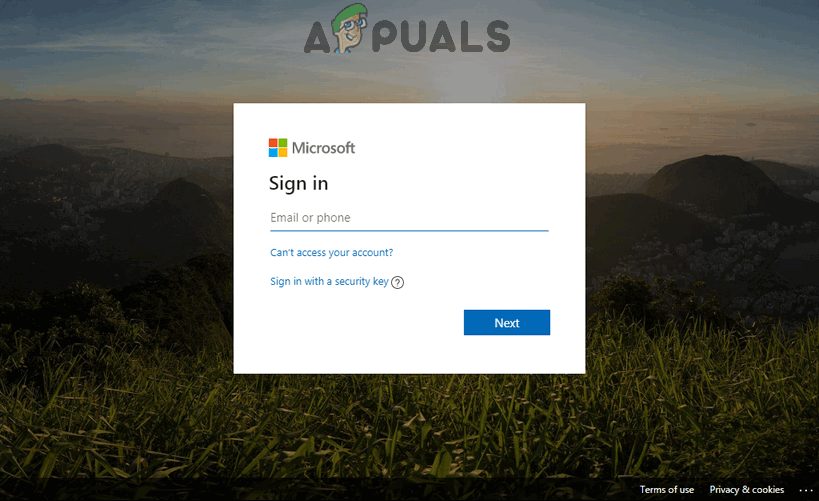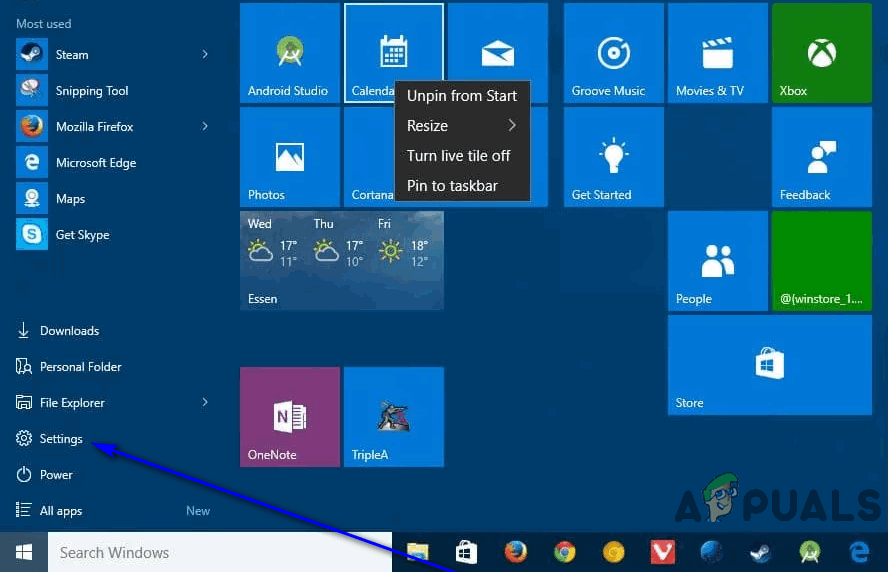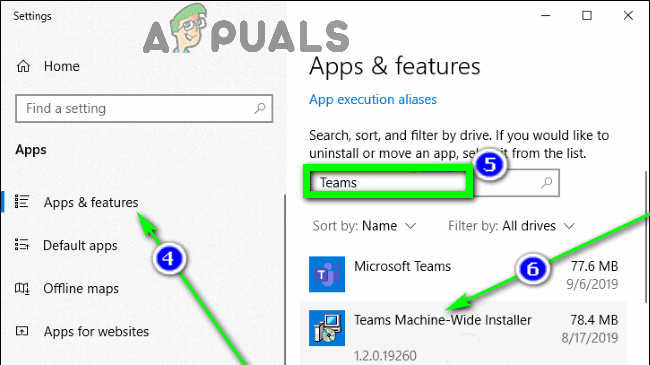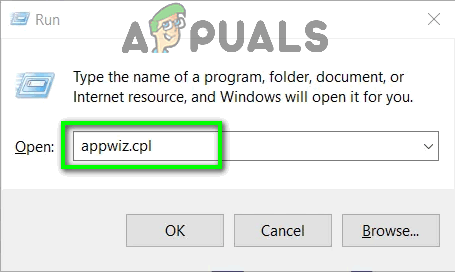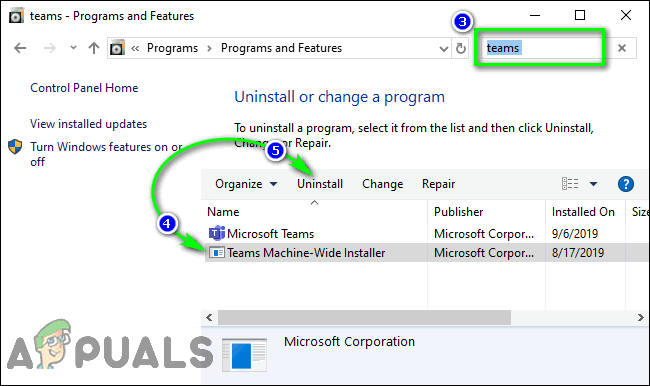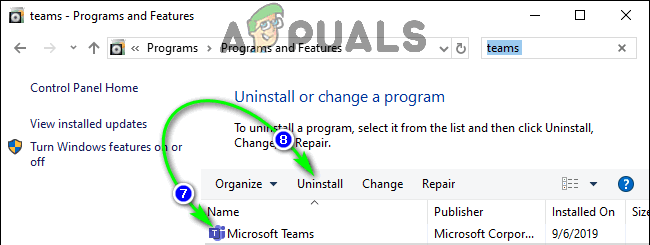While upgrading to Microsoft Teams is a very simple and user-friendly procedure, it would seem that getting rid of Teams is not. Users are reporting that, much like its predecessor, Microsoft Teams is a nightmare to uninstall from a workstation and, when uninstalled using conventional methods, simply proceeds to reinstall itself every time an affected user logs on to their computer.
The Download the Teams app in the background for Skype for Business users option is enabled in the Microsoft Teams Admin Center: As long as this option is enabled, any computer on the network that Teams is uninstalled from will automatically re-download and reinstall the program without notifying the user whenever they sign in to their Skype for Business client.Microsoft Teams being uninstalled, but the Teams Machine-Wide Installer not being uninstalled: The Microsoft Teams client isn’t the only component you need to uninstall in order to get rid of the program – you will also have to locate and uninstall the Teams Machine-Wide Installer from your computer in order to make sure Teams stays uninstalled. As long as the Teams Machine-Wide Installer is on your computer, your computer will continue to reinstall Teams right under your nose.
How to Uninstall Microsoft Teams and Prevent it from Reinstalling itself?
While there are a number of different ways to deal with a pesky third-party program that refuses to be uninstalled, the case of Microsoft Teams reinstalling itself every time it’s uninstalled is a little different. The cause of this issue is either a setting or a program that deliberately reinstalls Microsoft Teams every time the user uninstalls it, so resolving this problem is but a matter of dealing with the underlying cause.
1. Disable the “Download the Teams app in the background for Skype for Business users” option in the Microsoft Teams Admin Center
As long as the “Download the Teams app in the background for Skype for Business users” option is enabled in the Microsoft Teams Admin Center for a workplace, Teams will automatically reinstall itself on every single computer within the workplace regardless of how many times it is uninstalled. The only fix is to disable this option in the Microsoft Teams Admin Center, and if you’re experiencing this problem but do not have access to the Microsoft Teams Admin Center for your workplace, you are going to have to loop in someone who does and get them to disable the option. Here’s how this option can be disabled: Once the option in question has been disabled in the Microsoft Teams Admin Center, you are going to have to wait for the change to be synced across all of the computers in your workplace, at which point Teams should no longer reinstall itself when it’s uninstalled.
2. Uninstall all Microsoft Teams components from Apps & features
If you’re experiencing this issue on Windows 10, you can simply uninstall all Microsoft Teams components from your computer using Windows 10’s Settings app. To do so, simply:
Open the Start Menu
3. Uninstall all Microsoft Teams components from Add or Remove Programs
If you’re using a different version of the Windows Operating System or would simply like to do this the old fashioned way, you can completely uninstall Microsoft Teams (all of its components included) using Windows’ Add or Remove Programs utility. In order to do so, you need to: Whether you do it from Windows 10’s Settings or from Windows’ Add or Remove Programs utility, as long as you first uninstall the Teams Machine-Wide Installer from your computer and then uninstall the Microsoft Teams client itself, you should be golden. Microsoft Teams will no longer reinstall itself every time your computer boots up. As was the case with Skype for Business, Microsoft Teams will also be automatically and permanently uninstalled from your computer if you uninstall Microsoft Office in its entirety. While that would constitute an overtly extreme measure under normal circumstances, it is certainly an option to consider if all else fails.
Microsoft Teams Users: 3×3 Grid View Is Nice, But A 5×5 View Is What We Need For…Resolve Access denied to installation source Office ErrorHow to Resolve Issues with Avast Password Manager?Resolve Error Code 30068-39 when Installing Microsoft Office

